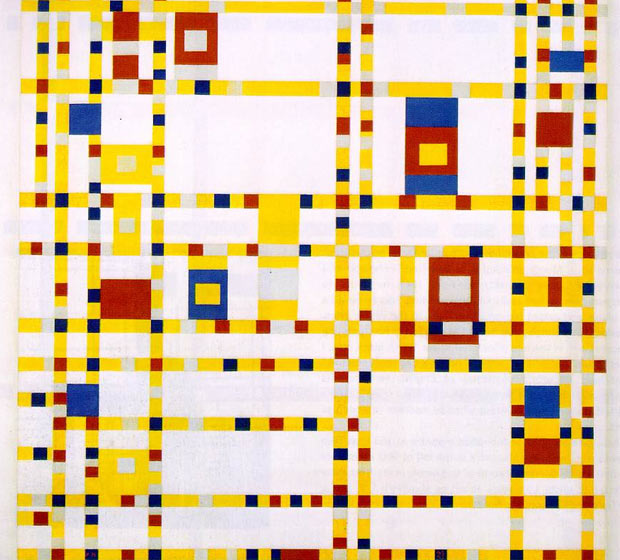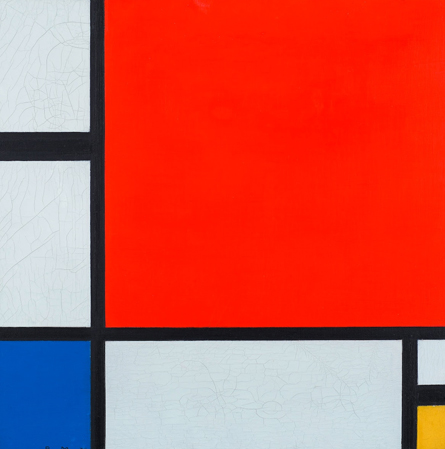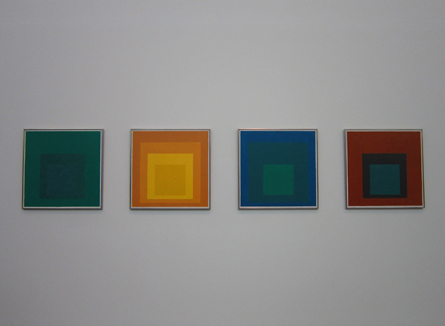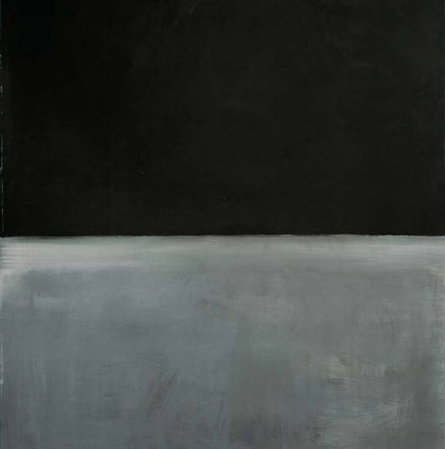
The world of art has seen a remarkable evolution, especially with the rise of modern abstract movements in the late 19th and early 20th centuries.
Artists began to break free from traditional forms, experimenting with shapes and colors that conveyed deeper meanings.
Among these explorations, square paintings emerged as a powerful medium, allowing for a unique blend of simplicity and complexity.
From Kazimir Malevich’s iconic works that challenge perceptions to the compositions of other renowned artists, these pieces showcase how squares can transcend mere geometry to evoke emotion and provoke thought.
1. Black Square – Kazimir Malevich

Kazimir Malevich’s “Black Square,” created in 1915, is a groundbreaking work that marks the dawn of nonobjective art.
Measuring 795 x 795 cm, this oil painting was famously exhibited at The Last Futurist Exhibition 010. Critics often cite it as the zero point of painting, symbolizing a radical break from traditional art.
Malevich painted it over a complex composition, emphasizing its significance in modern art. Housed in the Tretyakov Gallery, “Black Square” continues to influence and inspire artists worldwide.
2. Broadway Boogie Woogie – Piet Mondrian

Broadway Boogie Woogie, painted in 1943, showcases Piet Mondrian’s mastery of abstraction. This artwork consists of a grid of squares in bold hues like red, yellow, blue, and white.
Inspired by the rhythm of New York City, the painting captures the dynamic energy of the city’s streets. Each square interacts with others, creating a sense of movement and harmony.
As one of his final masterpieces, this work exemplifies Mondrian’s innovative approach to combining form and color, leaving a lasting impact on abstract expressionism.
3. Red Square – Kazimir Malevich

Kazimir Malevich’s “Red Square,” created in 1915, challenges traditional artistic concepts. The painting features a bright red quadrilateral that invites viewers to explore its form rather than simply categorize it as a square.
Malevich aimed to transcend materialism, representing a significant shift in the art world. Observers often debate its meaning, with interpretations ranging from symbolism of despair to an evolution in artistic expression.
As one of the pivotal works of the Russian avant-garde, “Red Square” continues to provoke thought and discussion regarding the nature of art.
4. Suprematist Composition – Kazimir Malevich

Kazimir Malevich created “Suprematist Composition – Airplane Flying” in 1916, a work that wouldn’t be exhibited until 1927.
This complex painting features a dynamic arrangement of shapes in various orientations and colors, showcasing Malevich’s mastery of abstraction. Critics often label it as his greatest masterpiece due to its unique liveliness.
The composition reflects the artist’s vision of expressing human knowledge’s highest principles, an essential idea in his Suprematist movement that transcends the traditional boundaries of art.
5. Composition with Red Blue and Yellow – Piet Mondrian

Piet Mondrian’s “Composition with Red Blue and Yellow,” completed in 1929, exemplifies the essence of abstract art.
It features a grid of squares and rectangles, primarily in primary colors complemented by black and white lines. This painting showcases Mondrian’s distinctive style, emphasizing balance and harmony through geometric precision.
Often confused with his later work “Composition II in Red Blue and Yellow,” it reflects his exploration of simplicity, creating a interplay of form and color that continues to influence modern art.
6. Studies for Homage to the Square – Josef Albers

Albers’ “Studies for Homage to the Square,” created in 1963, revolutionizes the perception of color and space. This series features nested squares, each showcasing different hues that interact dynamically.
Albers meticulously explores color relationships, examining how shades influence each other when adjacent. His innovative use of contrasts evokes emotional responses, challenging viewers’ visual perceptions.
Each piece in this collection invites contemplation, marking a significant contribution to abstract art and influencing subsequent generations of artists.
7. Geometrische Komposition – Verena Loewensberg

Loewensberg’s “Geometrische Komposition,” painted in 1982, features striking contrasts of deep red and black flanking a central arrangement of concentric white squares and rectangles.
This composition draws the viewer’s attention to the core, creating an optical illusion that’s characteristic of her Concentrisism style.
Known for her significant contributions to abstract art, Loewensberg’s work challenges perceptions and evokes a sense of depth, further solidifying her status among the notable female painters of the 20th century.
8. White on White – Kazimir Malevich

Malevich’s “White on White,” created in 1918, features an off-white square layered atop a warmer white background.
This minimalistic approach evokes the infinite while inviting deep contemplation. The subtle differences in shades create a rich texture, drawing attention to the balance between extremes.
Critics praise the painting for its emotional resonance despite its simple appearance, making it a hallmark of Malevich’s Suprematist philosophy.
The work reflects his struggle to achieve harmony, embodying a moment of profound artistic exploration.
9. Untitled (Black on Grey) – Mark Rothko

Rothko’s “Untitled (Black on Grey),” created in 1970, stands as a monumental example of abstract expressionism.
The painting features a striking balance of deep black and subtle grey tones, inviting viewers to explore the emotional dimensions of color. Measuring 231.1 x 200.7 cm, its grand scale amplifies its impact.
Critics often cite this work as one of Rothko’s greatest, reflecting his masterful blend of simplicity and complexity, sparking profound contemplation on the nature of existence and the human experience.
10. Black Square and Red Square – Kazimir Malevich

Kazimir Malevich’s “Black Square and Red Square” serves as a pivotal exploration of modernist thought. “Black Square,” created in 1915, measures 795 x 795 cm and symbolizes the zenith of nonobjective art, exhibited at The Last Futurist Exhibition 010.
In contrast, “Red Square” shifts focus with its bright quadrilaterals, challenging viewers to reconsider artistic conventions.
These starkly colored forms engage the audience, prompting intense discussions about meaning and abstraction.
Together, these masterpieces redefine the essence of art, illustrating Malevich’s revolutionary impact on the artistic landscape.






